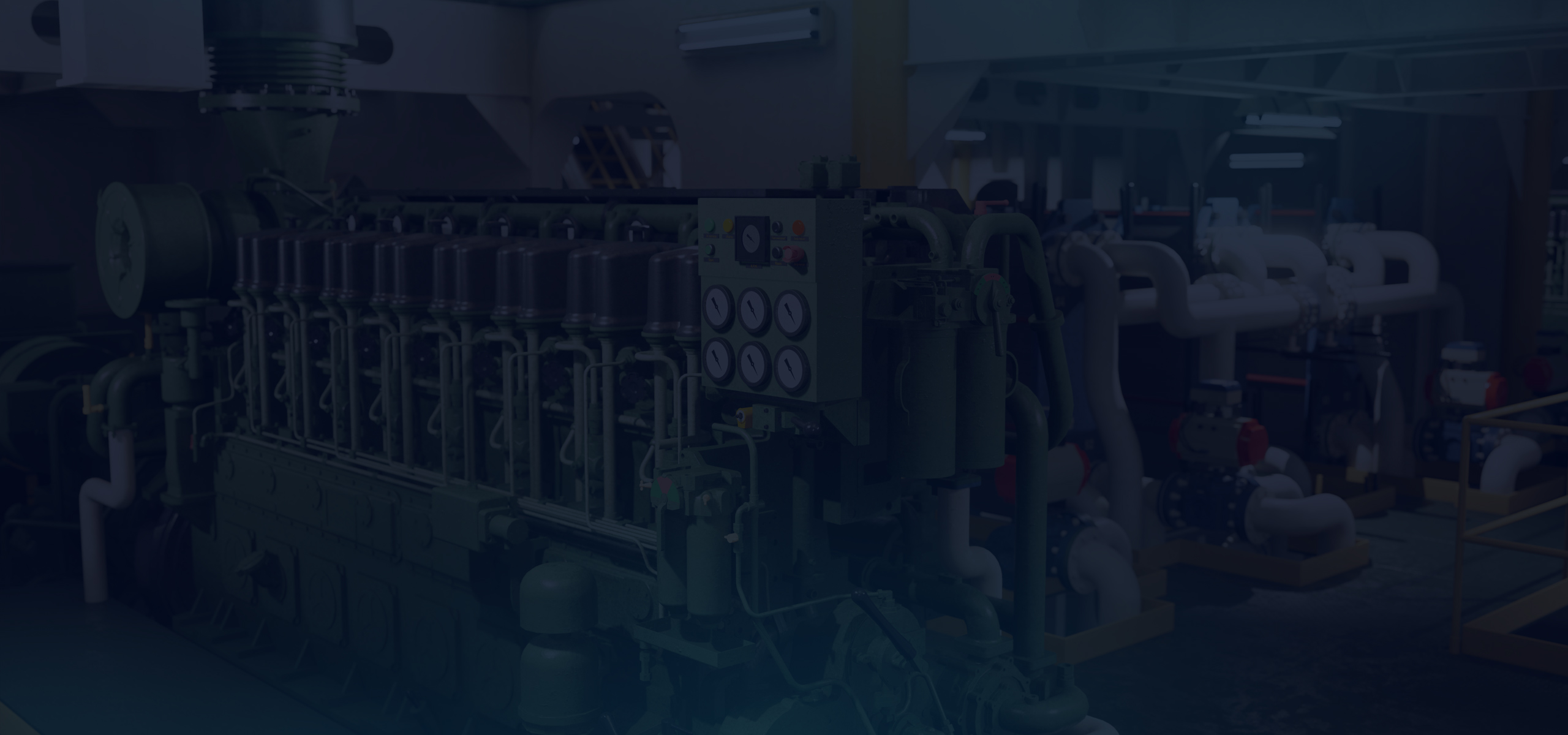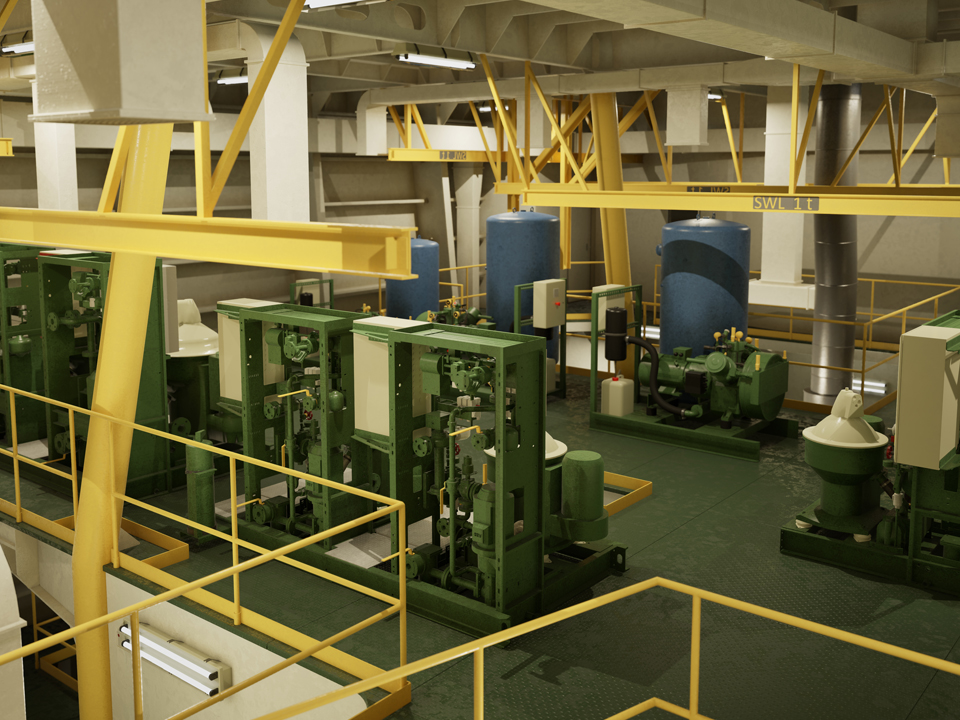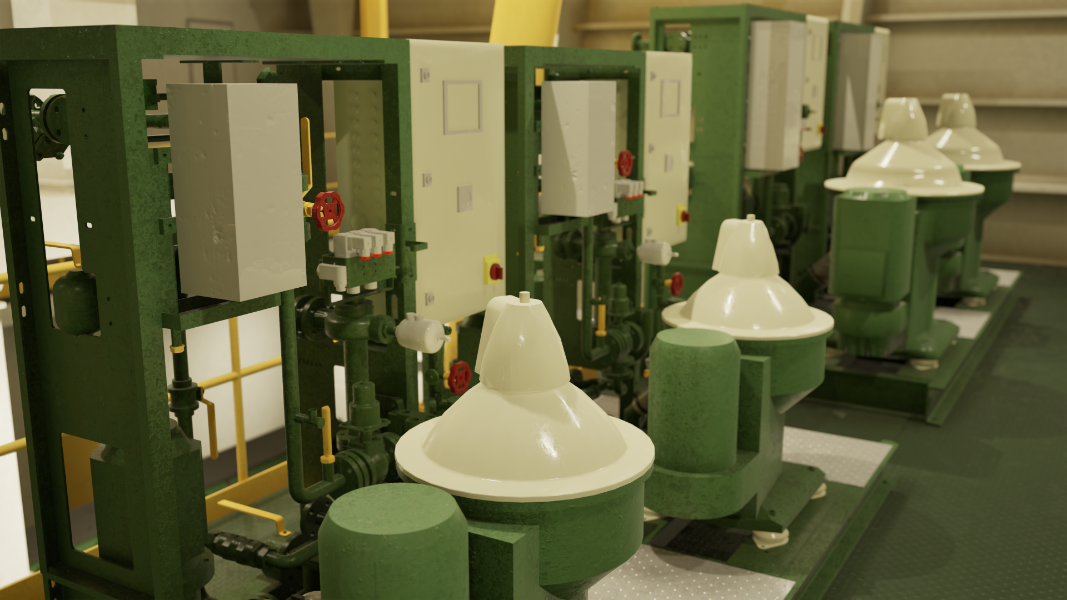Faculty of Maritime Studies VR - Ship Engine Room
Our client, The Faculty of Maritime Studies Rijeka, identified a way to improve on their curriculum: while students graduated with a theoretical understanding of ship engines, they lacked practical, hands-on experience. Recognizing this, they tasked us with developing a virtual reality (VR) simulator of a ship's engine room to provide their students with a more realistic, real-world training













